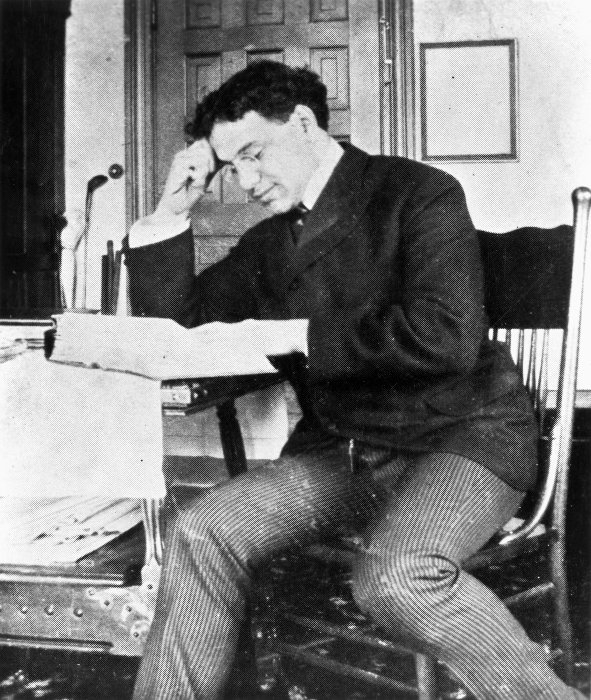The Impact of Dr Māui Pōmare
The first Māori Medical Officer in Aotearoa New Zealand

In the early twentieth century, Māori communities in Aotearoa faced devastating health conditions with widespread infectious diseases due to poor sanitation and hygiene. The Māori population, roughly 100,000 in 1841, fell dramatically to under 50,000 by the late 1800s. To save the population from this medical crisis, Dr. Māui Wiremu Piti Naera Pōmare emerged as Aotearoa’s first Māori medical doctor and played a pivotal role in reshaping Māori public health which ultimately reversed the population decline.
Born approximately in 1875, Pōmare witnessed the severe effects of colonization on Māori health and wellbeing firsthand. After his secondary education at Christchurch Boy’s High School and later at Te Aute College, he travelled abroad in 1893 to study medicine at the American Medical Missionary College in Chicago. Upon graduating with a Doctor of Medicine degree in 1899, Pōmare returned to Aotearoa with modern medical knowledge and a profound cultural understanding aiming to address the Māori health challenges.
In 1900, the New Zealand Department of Public Health was established, and Pōmare became the government’s first Māori Medical Officer. Pōmare soon tackled the health crisis that Māori communities were facing nationwide. His initial strategy of improving the health of communities was through extensive public health education, particularly in remote rural villages. Pōmare personally travelled throughout the country, delivering presentations of hygiene, sanitation, and disease prevention. He introduced the concept of germs to Māori communities by using microscopes to visibly demonstrate pathogens found in contaminated water. This approach successfully fostered trust and greater acceptance of modern medical practices within Māori communities.
Recognising poor sanitation as a root cause of prevalent diseases, such as typhoid and dysentery, Pōmare strongly worked on improving the sanitation infrastructures. Under the Māori Councils Act 1900, he promoted local Māori health committees and trained Māori Sanitary Inspectors who enforced sanitation bylaws in their communities. These facilitated significant improvements, the construction and protection of drinking water sources, which substantially reduced the rates of contracting water-borne illnesses.
Another major focus of Pōmare’s public health efforts was improving the housing conditions. He observed that damp, overcrowded, and poorly ventilated traditional houses were the cause of tuberculosis and respiratory diseases. Advocating for ventilated, weatherboard houses, Pōmare implemented aggressive measures, including the decision to demolish severely unhygienic homes through controlled burning. Although he was met with resistance due to the sensitive nature of destroying traditional homes, this approach resulted in the removal of around 1,250 unhealthy dwellings by 1909, leading directly to reduced illness and improved health outcomes for Māori families.
In 1907, Pōmare supported the Tohunga Suppression Act 1907, extending his public health approach into legislative action aimed at reducing harmful traditional medical practices. While this law faced criticism as an affront to Māori culture, Pōmare’s intention was to ensure that Māori communities adopted scientifically validated medical treatments essential for survival in the face of severe health challenges.
The impact of Pōmare’s comprehensive health interventions was evident in the recovery of Māori populations. By 1921, following two decades of continual public health initiatives, the Māori population increased to and stabilized at around 63,000. This significant demographic rebound demonstrated the success of his reforms in ensuring Māori survival and wellbeing.
In 1922, Pōmare was knighted for his health services in Aotearoa. Subsequently, in 1923, Pōmare was appointed Minister of Health, becoming the first Māori to hold this influential position. He utilised his role to advance public health measures nationally, notably improving maternal and child healthcare. Pōmare emphasised sterile birthing practices and enhanced rural healthcare services. His commitment to expanding public health nursing strengthened preventive care across Māori communities, positively influencing health policy in subsequent decades.
Despite criticisms of certain assimilationist aspects of his work, modern scholarship broadly acknowledges Pōmare’s immense contributions to improving Māori health. Pōmare's death in 1930 was followed by significant commemorations by Māori communities. This included the creation of the Te Ika-a-Māui meeting house and a statue at Ōwae marae in Taranaki – a lasting appreciation of his work.
In 2025, Our Health Journeys continued our partnership with Saint Kentigern College in Auckland to challenge a number of students to conduct research into an aspect of the medical history of Aotearoa New Zealand. The students, ranging from Years 8-13, produced their research in written, oral, or video format and the top projects were chosen for publication to Our Health Journeys.




